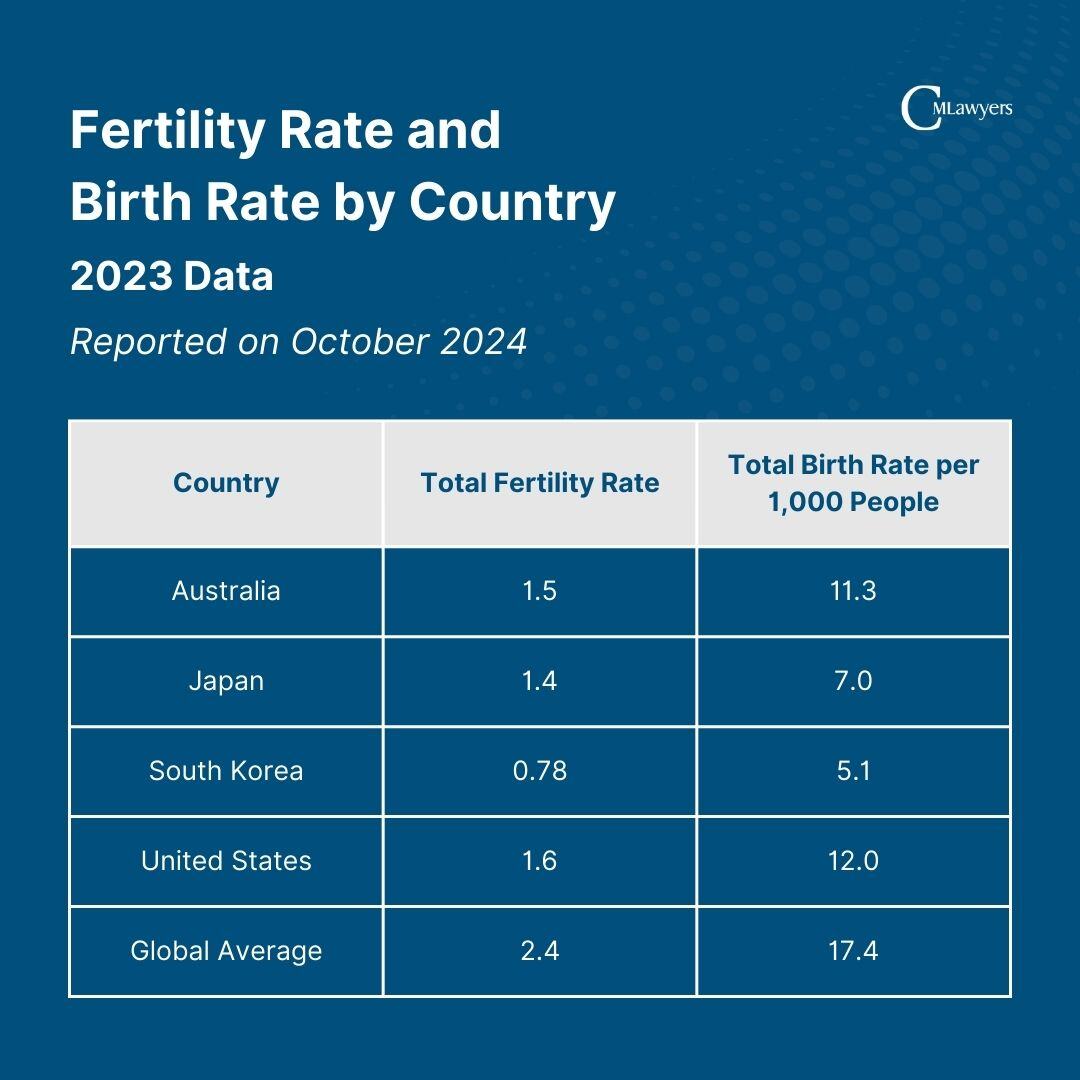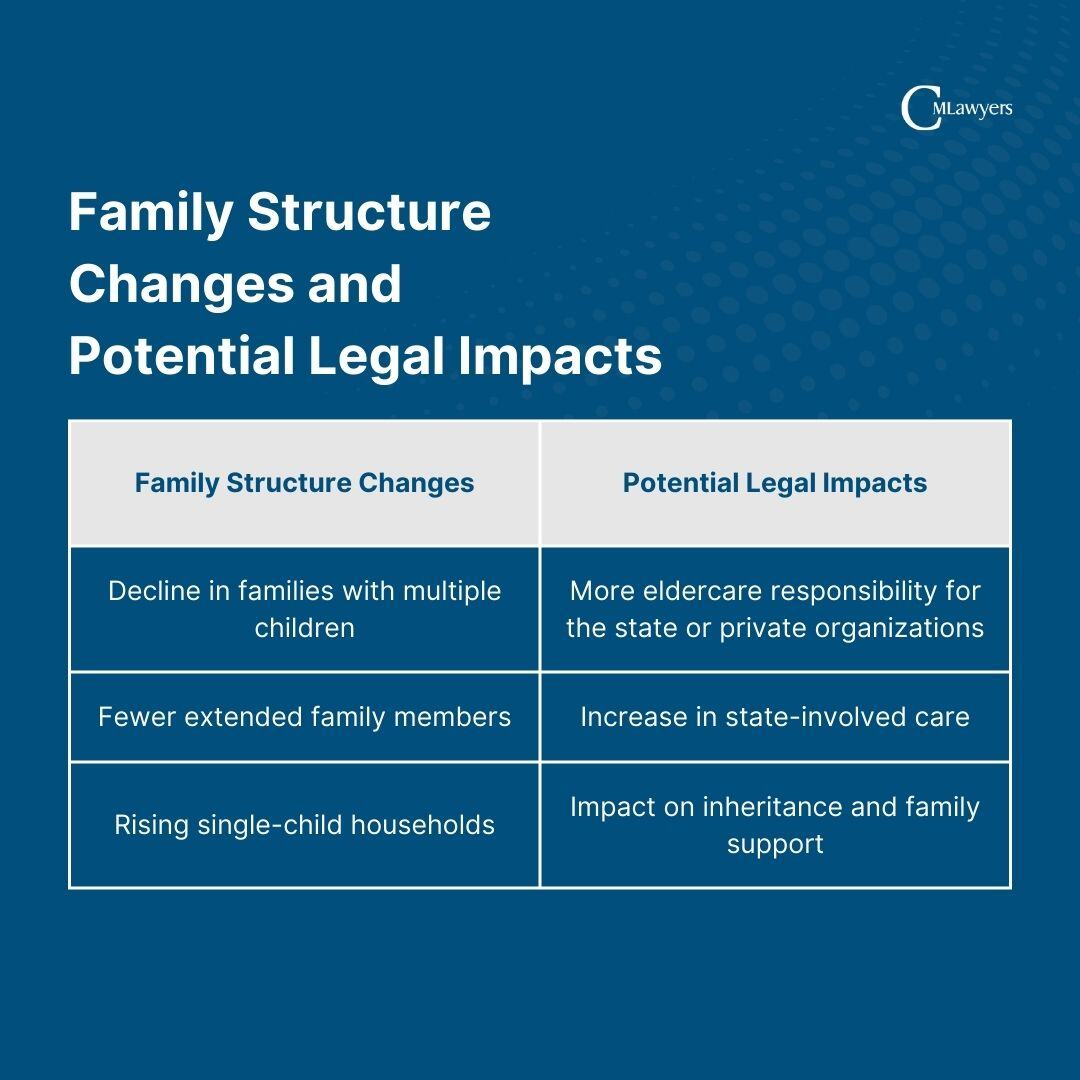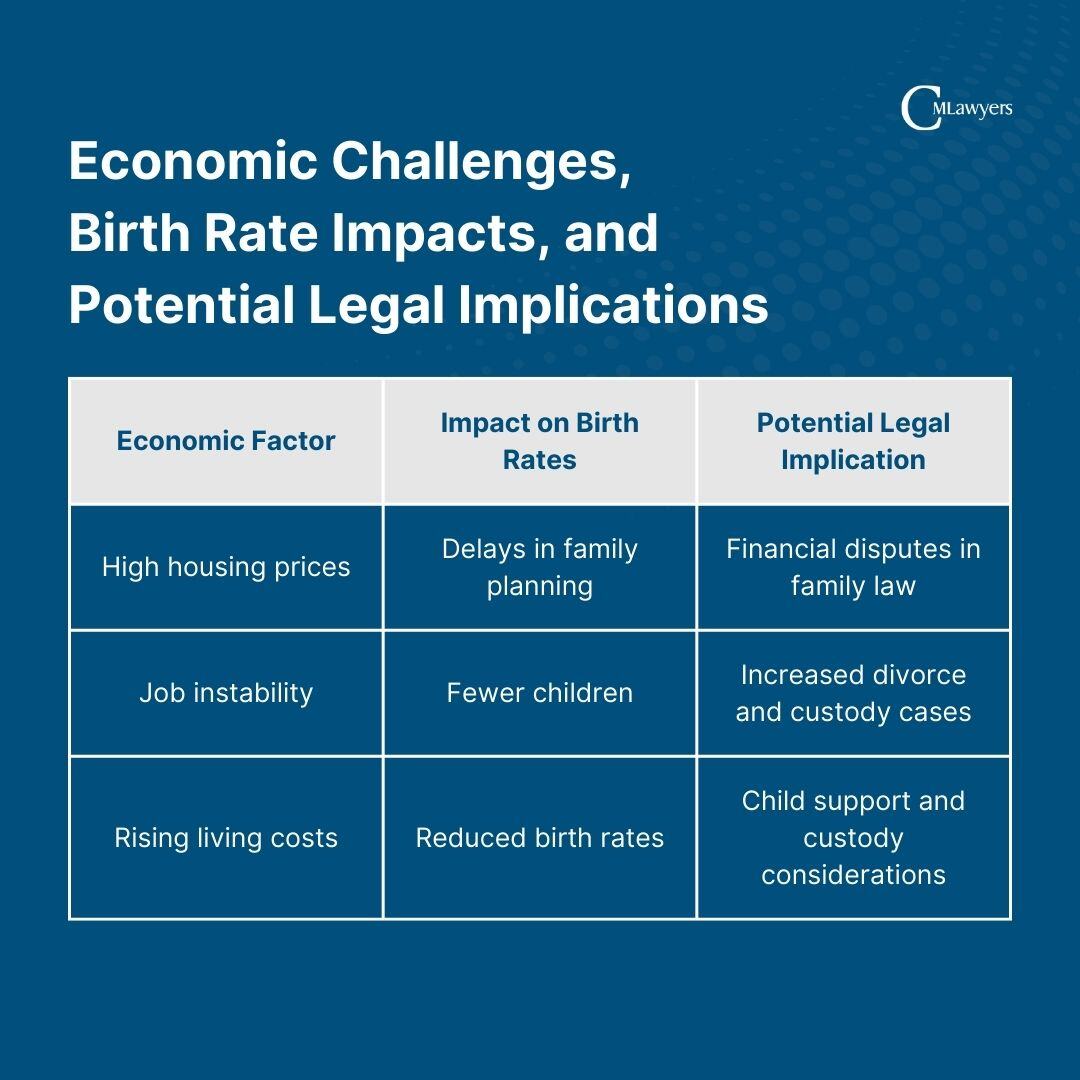At CM Lawyers, we view family as the foundation of society. This drives us to focus on family law as one of our key practice areas, as we believe in bridging relationships within families.
On a more in-depth level, families are affected by various socioeconomic factors, among which are Australian birth statistics. With birth rates declining in the country, family dynamics and society, including economic stability and legal considerations in family law, are affected. As we navigate this new era, we need a better understanding of how the Australian birth rate affects us.
This article aims to give a deeper insight into birth rates, fertility rates, and other statistics that may affect families, economies, and policies. Key data are illustrated in tables.
Australia’s Declining Fertility and Birth Rates
The Australian Bureau of Statistics (ABS) released an October 2024 report on the total fertility rate in the country, which has dropped to 1.5 per woman in 2023. This is lower than the 1.63 fertility rate in 2022.
Before we delve into the implications of this, let’s first look at the fertility rate. As defined by The World Bank Group, the total fertility rate meaning “represents the number of children that would be born to a woman if she were to live to the end of her childbearing years and bear children in accordance with age-specific fertility rates of the specified year.”
According to Demographer Dr. Liz Allen, if the fertility rate further drops below 1.5, it will be even more difficult to bring back up. If we look at the fertility rate worldwide, countries with a fertility rate of below 1.4 are experiencing record-low birth rates as well. Dr. Liz cited Japan and Korea as examples of countries with couples having one or two children, or no children at all.
The shift in Australia’s fertility rate places it among countries with the lowest birth rate in the world. Below is a table of the total fertility rate by country and birth rate by country per 1,000 people in the year 2023.

Australian Bureau of Statistics
OECD Family Database
United Nations Population Division
World Bank - Fertility and Birth Rate Data
Impact on Family Dynamics
With a low birth rate by nation and the dropping fertility rate in the world, families are becoming smaller, which may lead to shifting caregiver roles and support structures. As Australian families transform, they may encounter challenges in eldercare responsibilities, guardianship, and inheritance disputes.
Dr. Liz has highlighted some changes in Australian family structures over the last few years. We’ve outlined the legal implications these trends may have.

Economic Challenges Contributing to Low Birth Rates
The declining birth rate per country is also heavily influenced by various economic factors, such as increasing housing prices, high cost of living, and job instability. Because of these challenges, many couples decide to have few or no children, resulting in the declining natality rate by country. Many Australians, particularly the younger generations, delay or choose not to start families because of financial complaints.
Dr. Liz and urban economist Terry Ransley also provide expert commentary on this matter, citing economic factors and their impact on birth rates. Below are some of the challenges and their potential legal implications.

Policy Responses to Encourage Having Children
In an effort to support family growth, the Australian government has implemented some policies like paid parental leave, childcare subsidies, and housing assistance. However, these have had limited success. The government may need to put up additional measures to ease financial burdens on young couples. Hopefully, then, the Australian birth rate will increase, and it won’t be among the countries with low birth rate anymore.
Addressing Legal Implications
As Australian family structures change, family law needs to adapt as well. Among the legal areas that may be affected by the evolving family landscape are elder care and inheritance (increased state and private care), child custody and support (financial pressures on young families, and estate planning (new inheritance planning in smaller families).
Amidst these changes, Australian families need legal protection and expert guidance. Our supportive team at CM Lawyers is here to give you compassionate and professional advice tailored to your unique situation, no matter what your family structure is. Contact us today to discuss how we can help you in adapting to these changes and safeguarding your family’s future.
Sources







Comments